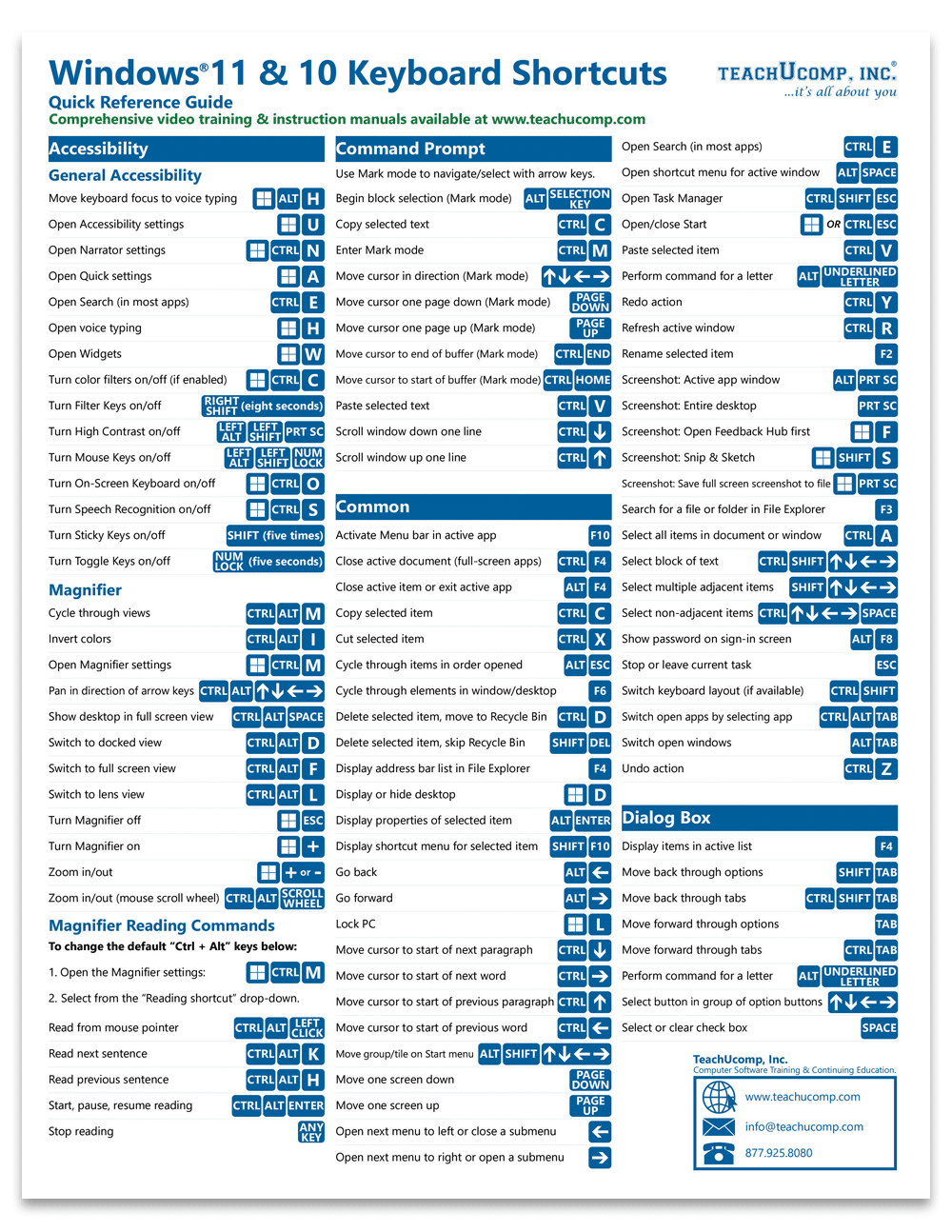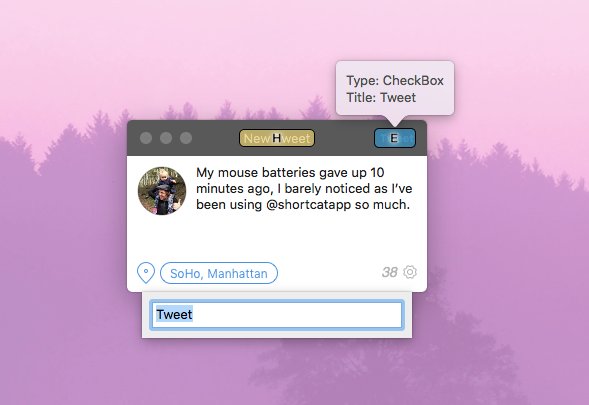
- #Shortcat quickstart guide how to#
- #Shortcat quickstart guide install#
- #Shortcat quickstart guide code#
Find more useful plugins for the CLion editor in Valuable non-bundled plugins.
#Shortcat quickstart guide code#
For example, VS Code Keymap or Vim emulation (which includes the Vim keymap).

There are also plugins that extend the list of available keymaps.

Use one of the predefined keymaps (Visual Studio, Emacs, Eclipse, NetBeans, Xcode, and others) and tune it as required, or create your own keymap from scratch. You can customize the shortcuts in Settings| Keymap. To view the default mapping, call Help | Keyboard Shortcuts PDF. In CLion, almost every action possible in the IDE is mapped to a keyboard shortcut. For C/C++, you can set one of the predefined code styles or provide your own, and configure the desired naming convention including the header guard template: Adjust the keymap Pages under the Editor node of the Settings dialog help you adjust the editor’s behavior, from the most general settings (like Drag'n'Drop enabling and scroll configuration) to highlighting colors and code style options.Ĭode styles are configurable for each language separately in the pages under the Editor | Code Style node. To explore all the customizable options, go to the dedicated pages in Settings Ctrl+Alt+S. To invoke it, click View | Quick Switch Scheme or press Ctrl+`: The quickest way to switch between the IDE's color schemes, code styles, keymaps, viewing modes, and look-and-feels ( UI themes) is the Switch. Customize your environment Change the IDE appearance Take a look aroundįind a detailed description of the UI elements in User interface.Īny time you need to find an IDE action, press Ctrl+Shift+A or go to Help | Find Action and start typing the name of a command, setting, or even a UI element that you are looking for: 3. Find their description and more information on working with CMake in our tutorial. The initial CMakeLists.txt file already contains several commands. Provide the root folder location and select the language standard.ĬLion creates a new CMake project and fills in the top-level CMakeLists.txt: Note that STM32CubeMX and CUDA are also CMake-based project types. Set the type of your project: C or C++, an executable or a library. Select File | New Project from the main menu or click New Project on the Welcome screen. Point CLion to the folder containing adle or to the adle file itself (in this case, click Open as Project on the next step).Ĭlick Get from VCS on the Welcome screen or select Git (or your VCS) | Clone.Įnter the credentials to access the storage and provide the path to the sources.
#Shortcat quickstart guide install#
Do I need to install anything in advance? Creating new projects of these types in CLion is not supported currently. CMake itself is bundled in CLion, so you don't need to install it separately unless you decide to use a custom version.Īpart from CMake, CLion supports Makefile, compilation database, and Gradle projects.


What build systems are supported? What are the project formats?ĬLion fully integrates with the CMake build system: you can create, open, build and run/debug CMake projects seamlessly. Refer to the section on debugging below and to the page on Debugger options for details. Also, there is an LLDB-based debugger for the MSVC toolchain on Windows. See Compilers for more information.ĬLion supports debugging with GDB (either bundled or custom) on all platforms and with the bundled LLDB on macOS and Linux. In CLion, you can use GCC-based compilers, Clang, Clang-cl, Visual Studio C++ compiler, as well as IAR compiler and custom-defined compiler. What compilers and debuggers can I work with?
#Shortcat quickstart guide how to#
See CLion keyboard shortcuts for instructions on how to choose the right keymap for your operating system, and learn the most useful shortcuts. See Install CLion for OS-specific instructions. Yes, you can install and run CLion on Windows, macOS, and Linux. Before you start Is CLion a cross-platform IDE?


 0 kommentar(er)
0 kommentar(er)
